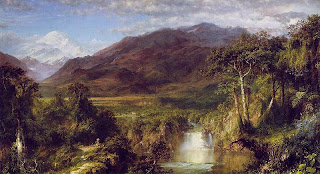Search This Blog
A strolling guide to New York City and beyond by writer and photographer Teri Tynes. The site was most active in the years 2007-2021 and is no longer updated.
Posts
Showing posts from August, 2009
Art and Spectacle in Nineteenth Century New York
- Get link
- Other Apps
The Tenth Street Studio Building and a Walk to the Hudson River
- Get link
- Other Apps
An Unconventional Summer in New York: When Geography, Nature and the Weather Dominated the Conversation
- Get link
- Other Apps
Bye Bye Penn Station: Mad Men Takes on an Epic Battle
- Get link
- Other Apps
The Educated Artist: A Guide to Continuing Education Classes and Workshops in the Fine Arts in New York City (Revised and Updated)
- Get link
- Other Apps
Some Serious Wi-Fi: The Edna Barnes Salomon Room at the New York Public Library
- Get link
- Other Apps
Cooper Union's Architectural Advancement
- Get link
- Other Apps
A Guide to Gramercy Park: A Checklist, But Not a Key, & Dining Suggestions
- Get link
- Other Apps
Architectural Highlights Along NYC's Summer Streets: A Guide and a Map
- Get link
- Other Apps
E. B. White and the New York of Stuart Little
- Get link
- Other Apps








